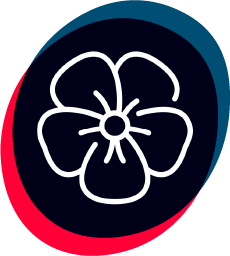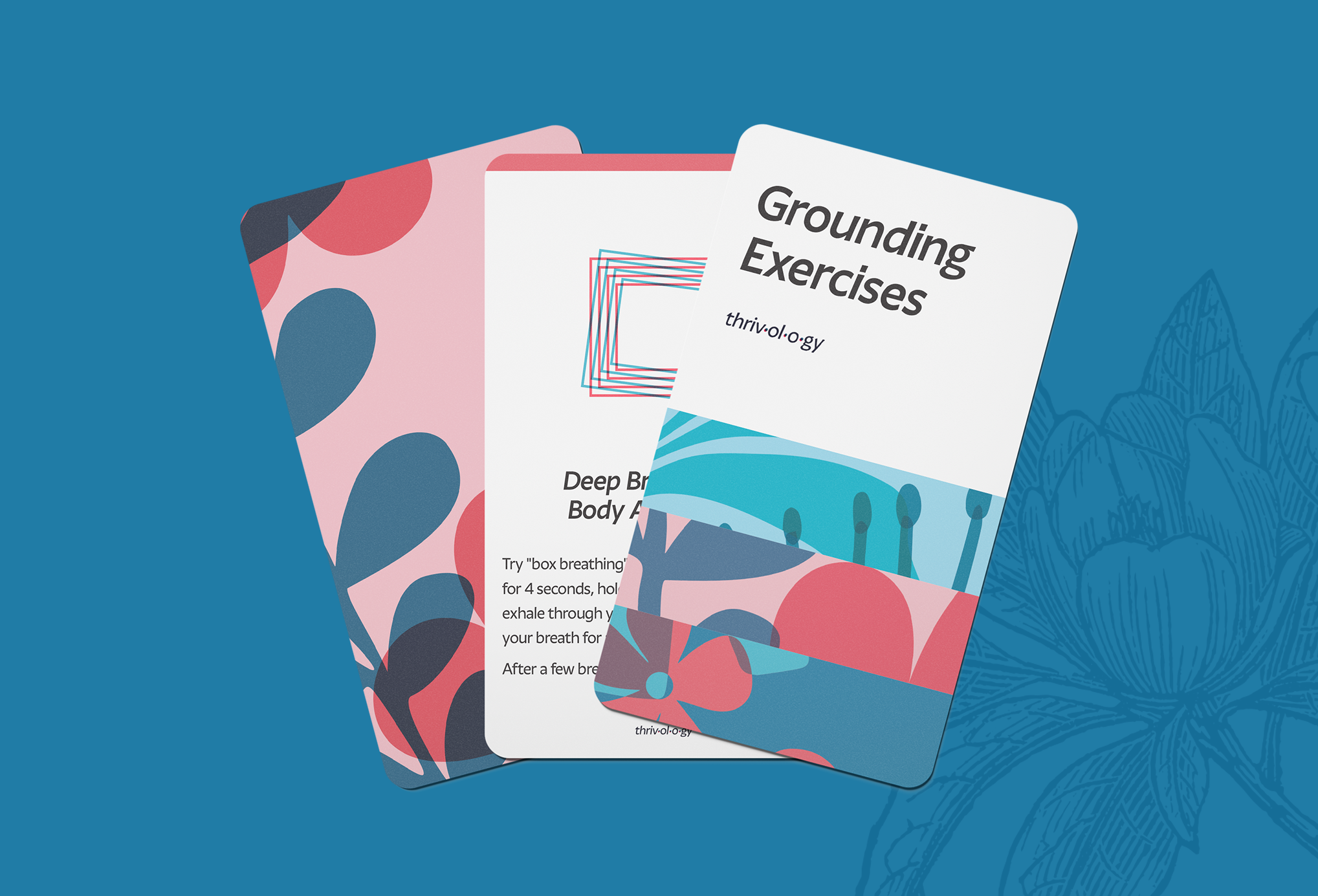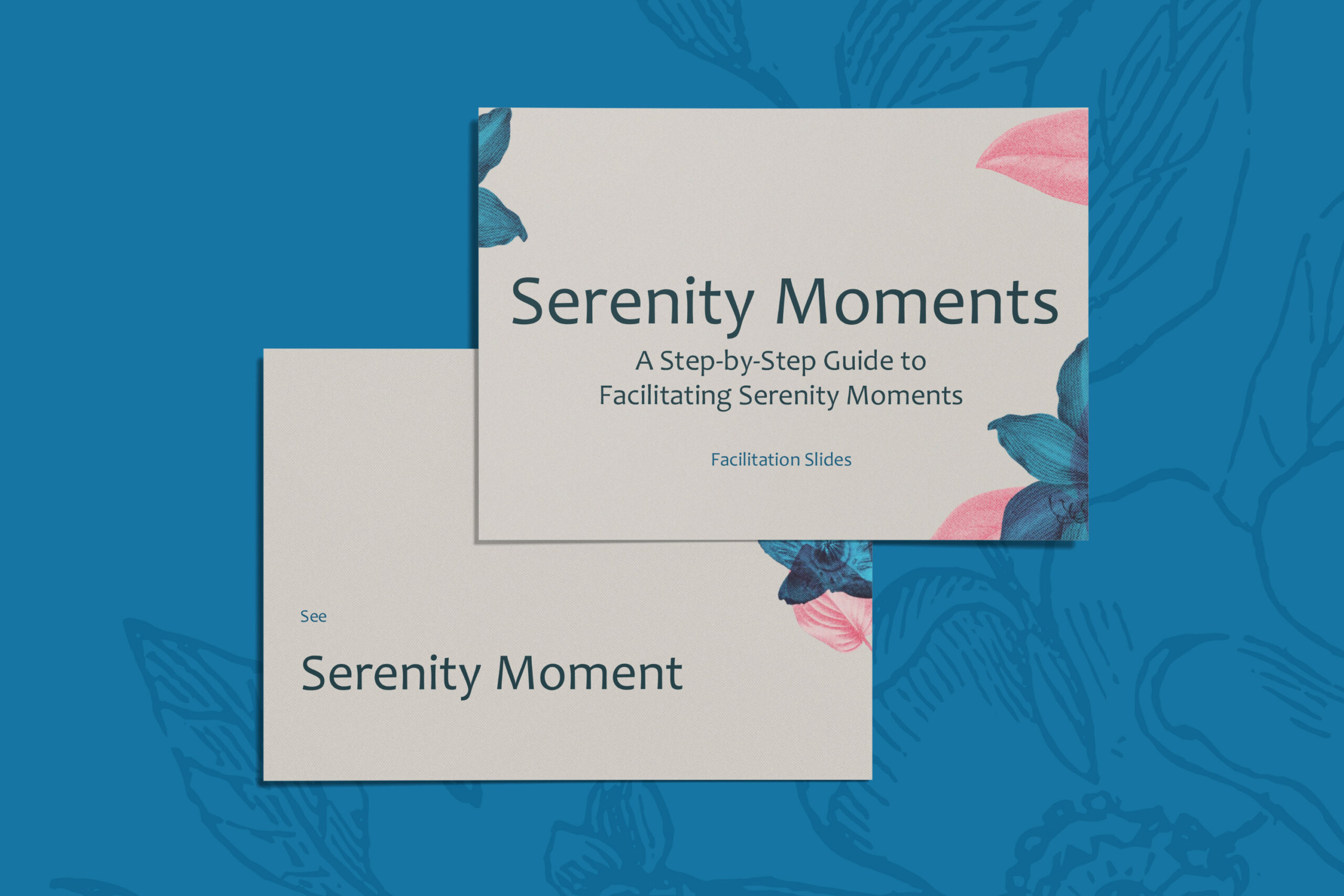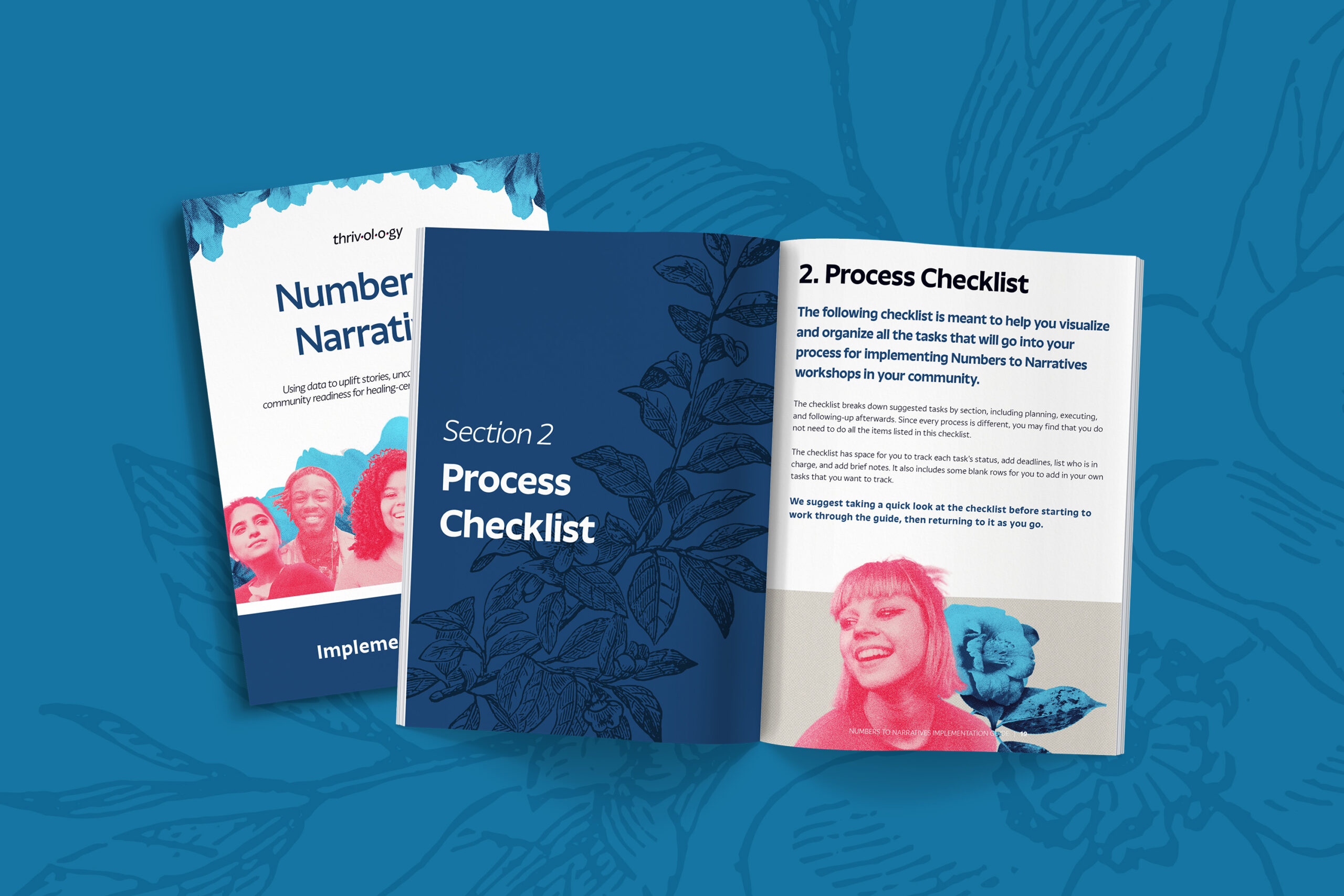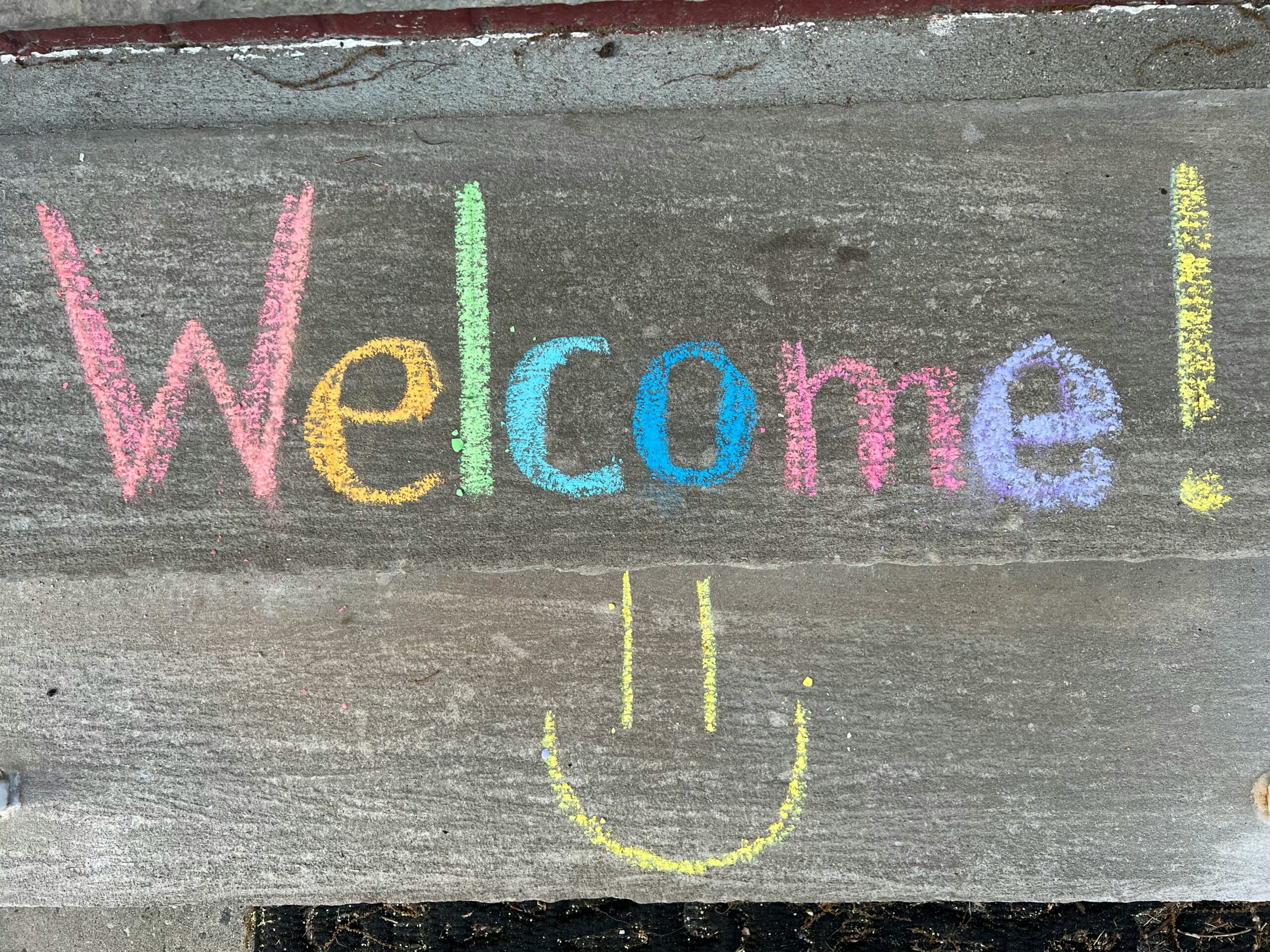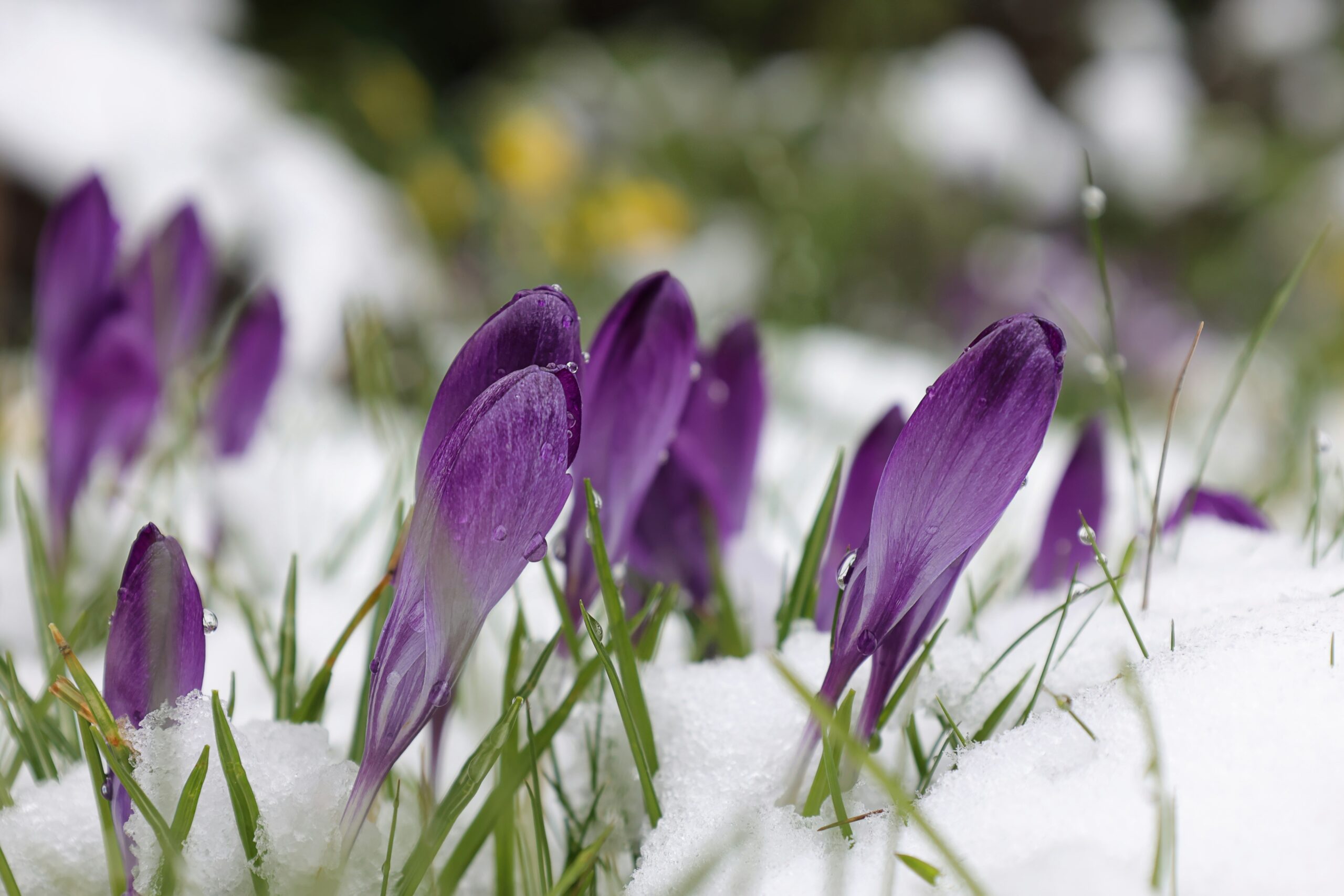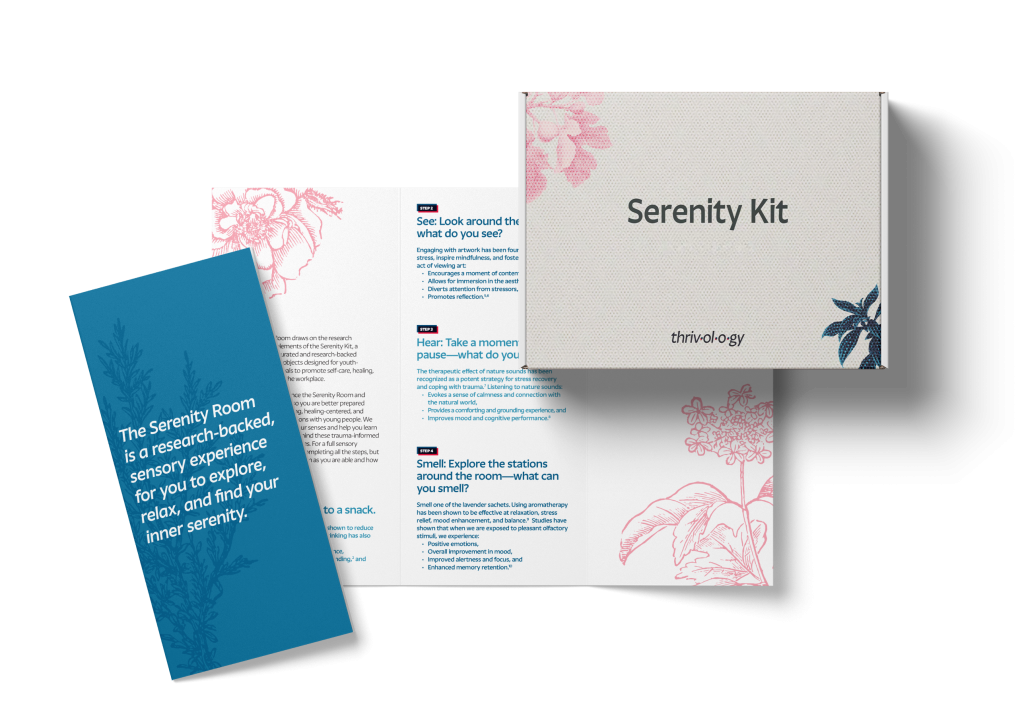
Serenity
Collection

Helping youth-supporting professionals create the time and space for self-care and healing
Experience the Serenity Collection
As youth-supporting professionals, you dedicate a lot of time and energy caring for others. You may also carry the heavy burden of the trauma you encounter in your work, along with the weight of your lived experiences.
Amidst busy schedules and demanding responsibilities, it can be hard to prioritize your own healing.
We looked at the latest research and listened to caregivers like you, to create the Serenity Kit, Serenity Room, and Serenity Moments. By aiming to promote serenity–defined as the state of being calm and peaceful–these resources affirm that self-care isn’t selfish; it’s a necessity.
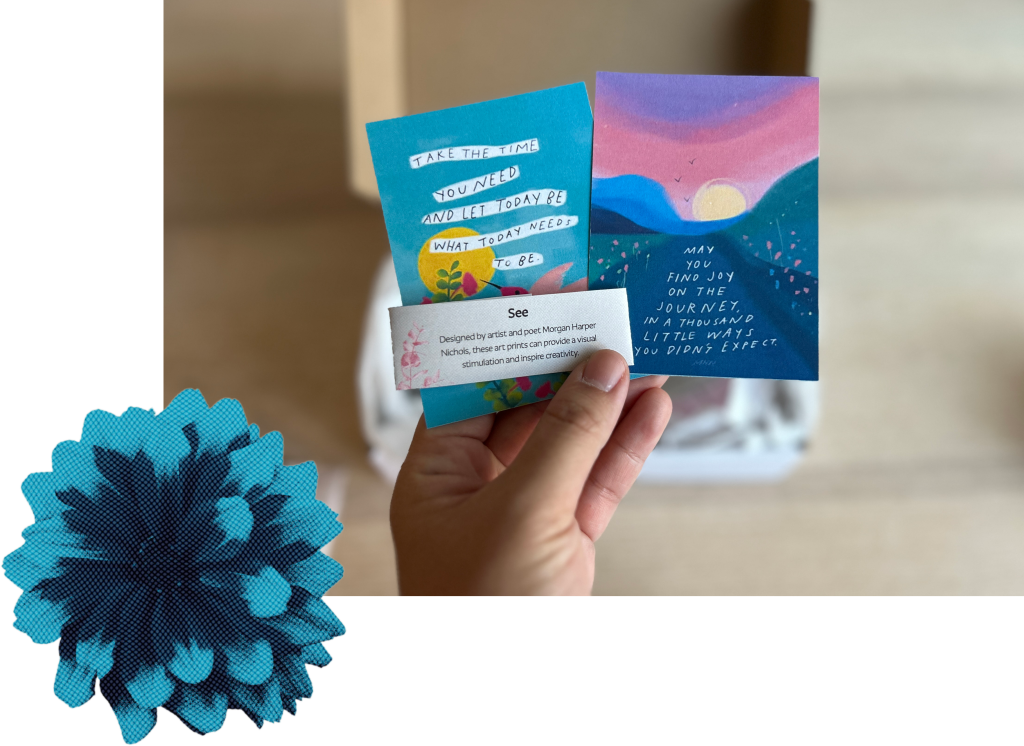
When [people who make up systems] are able to show up whole and human—it changes everything.”
Excerpt from Healing Systems: Reflections on the First Four Years of Trauma Transformed
See
Engaging with art has been found to reduce stress, inspire mindfulness, and foster creativity.
The act of viewing art:
- encourages a moment of contemplation,
- allows for reflection and immersion in the aesthetic experience, and
- diverts attention from stressors.
Hear
The therapeutic effect of nature sounds has been recognized as a potent strategy for stress recovery.
Listening to nature sounds:
- evokes a sense of calmness and connection with the natural world,
- provides a comforting and grounding experience, and
- improves mood and cognitive performance.
The process of making sounds or music offers us a creative outlet for expressing and processing complex emotions, fostering a sense of calm and emotional catharsis.
The rhythmic and melodic elements of music have been shown to:
- positively impact mood,
- reduce stress levels,
- promote mindfulness, and
- divert attention from distressing thoughts.
Touch
Studies have shown that tactile touch interventions can:
- reduce anxiety,
- improve comfort, and
- activate the parasympathetic nervous system, which counteracts the physiological effects of stress and anxiety.
Engaging in the tactile and creative process of handling and sculpting materials such as clay has been shown to reduce negative mood.
Smell
Studies have shown that when we are exposed to pleasant olfactory stimuli, we experience:
- positive emotions,
- overall improvement in mood,
- improved alertness and focus, and
- enhanced memory retention.
Taste
Brewing and drinking tea have been shown to reduce cortisol levels, promote relaxation, and help people recover more quickly from a stressful task.
Moreover, inhaling black tea aroma may diminish stress levels, and consuming green tea can improve calmness, memory, and attention.
Bolić, E. B. (2018). Secondary traumatic stress and vicarious traumatization in child welfare professionals in Serbia. Journal of Public Child Welfare, 13(2), 214–233. https:/doi.org/10.1080/15548732.2018.1502117
Shapiro, S. L., Brown, K. W., & Biegel, G. M. (2007). Teaching self-care to caregivers: Effects of mindfulness-based stress reduction on the mental health oftherapists in training. Training and Education in Professional Psychology, 1(2), 105–115. https://doi.org/10.1037/1931-3918.1.2.105
Moore, K. (2016). Following the evidence: Sensory approaches in mental
health. https://www.sensoryconnectionprogram.com/pdf/follow_the_evidence.pdf
Armstrong, J. (2022, December 10). How explorations of art, trauma-informed principles and contemplative practices can come together to support wellbeing
and nervous system regulation. Medium. https://medium.com/viewfinder-reflecting-on-museum-education/how-explorations-of-art-trauma-informedprinciples-
and-contemplative-practices-can-come-together-a5321ff74b3f
Denham, I. P. (1993). The power of the word. Positive affirmation as self-healing, reshaping or remodelling technique: A dissertation. The Union Institute.
Mastandrea, S., Fagioli, S., & Biasi, V. (2019). Art and psychological well-being: Linking the brain to the aesthetic emotion. Frontiers in Psychology, 10, 739.
Song, I., Baek, K., Kim, C., & Song, C. (2023). Effects of nature sounds on the attention and physiological and psychological relaxation. Urban Forestry &
Urban Greening, 86, 127987.
Ratcliffe, E. (2021). Sound and soundscape in restorative natural environments: A narrative literature review. Frontiers in Psychology, 12, 570563
Garrido, S., Baker, F. A., Davidson, J. W., Moore, G., & Wasserman, S. (2015). Music and trauma: The relationship between music, personality, and coping
style. Frontiers in Psychology, 6, 977.
Persia, J. (2023). Examining the impacts of subtle fidget jewelry on anxiety, stress, and attention. [Honors thesis, University of North Carolina at Chapel Hill].
Carolina Digital Repository.
Henricson, M. (2008). Tactile touch in intensive care: Nurses’ preparation, patients’ experiences and the effect on stress parameters [Doctoral dissertation,
Högskolan i Borås och Karlstads universitet].
Shukla, A. (2019). A 5-Step Mindfulness Grounding Technique To Ease Anxiety & Why Mindfulness Works. Cognition Today. Retrieved from
https://cognitiontoday.com/5-step-mindfulness-grounding-technique-to-ease-anxiety-why-it-works/.
Henricson, M., Ersson, A., Määttä, S., Segesten, K., & Berglund, A. L. (2008). The outcome of tactile touch on stress parameters in intensive care: a
randomized controlled trial. Complementary Therapies in Clinical Practice, 14(4), 244-254.
Aćimović, M. (2021). Essential oils: Inhalation aromatherapy—a comprehensive review. Journal of Agronomy, Technology and Engineering Management,
4(2), 547-557.
Johnson, A. J. (2011). Cognitive facilitation following intentional odor exposure. Sensors, 11, 5469-5488.
19 Pálsdóttir, A. M., Spendrup, S., Mårtensson, L., & Wendin, K. (2021). Garden smellscape–experiences of plant scents in a nature-based intervention.
Frontiers in Psychology, 12, 667957.
Ra, E. H., Yun, S. Y., & Choi, B. J. (2018). The Effects of Horticultural Therapy Using Lavandula stoechas on Vital Signs, Pain, and Sleep Satisfaction of
Hospice Patients. Journal of People, Plants, and Environment, 21(4), 271-277.
Steptoe, A., Gibson, E. L., Vounonvirta, R., Williams, E. D., Hamer, M., Rycroft, J. A., Erusalimsky, J.D., & Wardle, J. (2007). The effects of tea on
psychophysiological stress responsivity and post-stress recovery: a randomised double-blind trial. Psychopharmacology, 190, 81-89.
Yoto, A., Fukui, N., Kaneda, C., Torita, S., Goto, K., Nanjo, F., & Yokogoshi, H. (2018). Black tea aroma inhibited increase of salivary chromogranin-A after arithmetic tasks.
Journal of Physiological Anthropology, 37(1). https://doi.org/10.1186/s40101-018-0163-0
Gilbert, N. (2019). The science of tea’s mood-altering magic. Nature, 566(7742), S8-S8.
“If we aren’t taking care of ourselves, we can’t be there to help them.”
Social Worker
Explore the Collection

Serenity Kit
A thoughtfully curated kit for youth-supporting professionals to promote self-care, healing, and a sense of safety
Serenity Room
A sensory experience for you to explore, relax, and find your inner serenity

“I truly enjoy my time with the Serenity Kit. It serves as a temporary escape on those super busy, high stress-level days. It gives me that much-needed moment to breathe, and when I’m coloring the postcards, I usually forget about the troubles of the day.”
– Program Coordinator
More from Thrivology
This project is supported by the Office of Population Affairs (OPA) of the U.S. Department of Health and Human Services (HHS) as part of a financial assistance award (1 PHEPA000006-01) totaling $1,063,776.35 with 100 percent funded by OPA/OASH/HHS. The contents are those of the author(s) and do not necessarily represent the official views of, nor an endorsement, by OPA/OASH/HHS, or the U.S. Government. For more information, please visit opa.hhs.gov.





